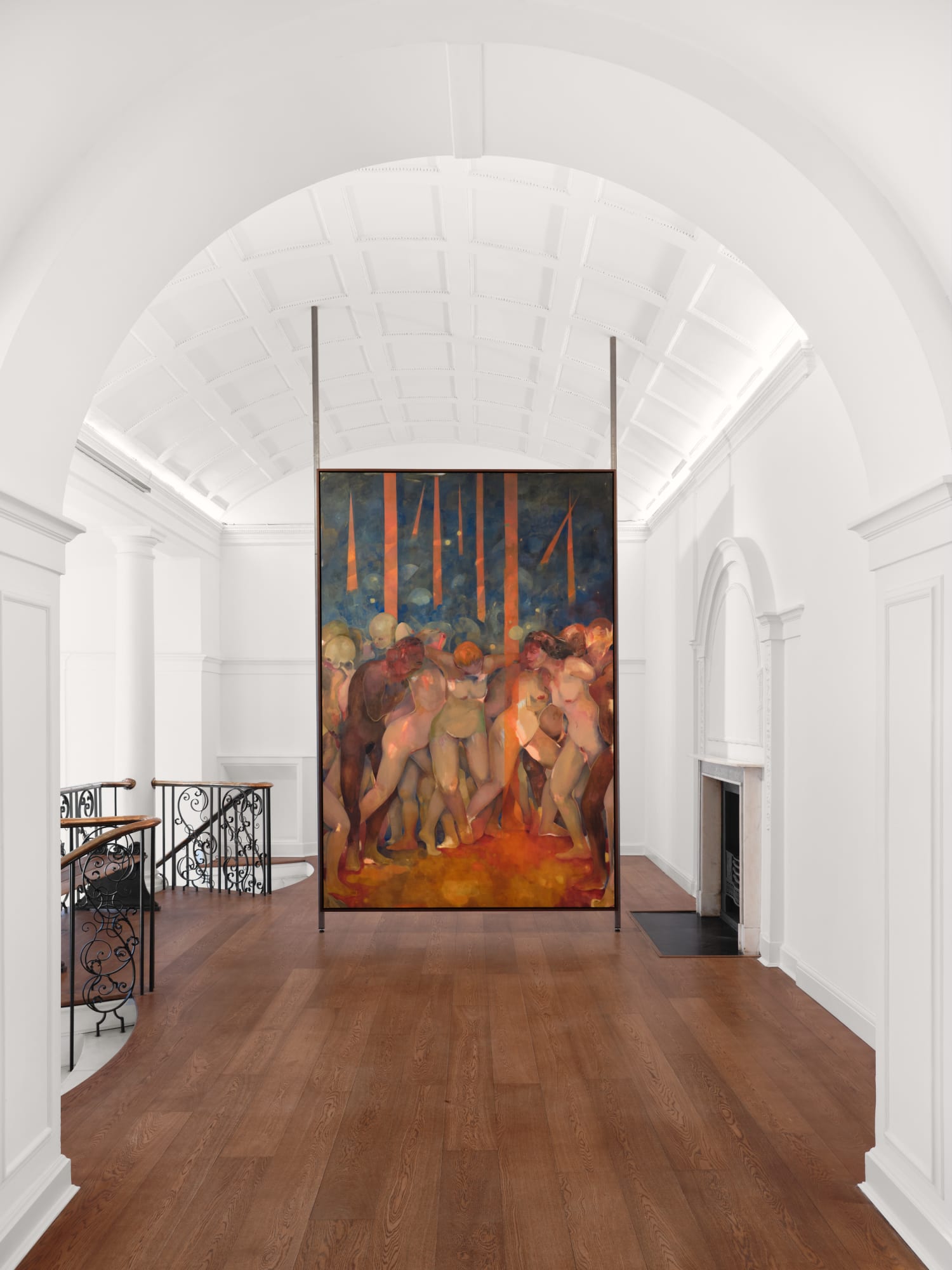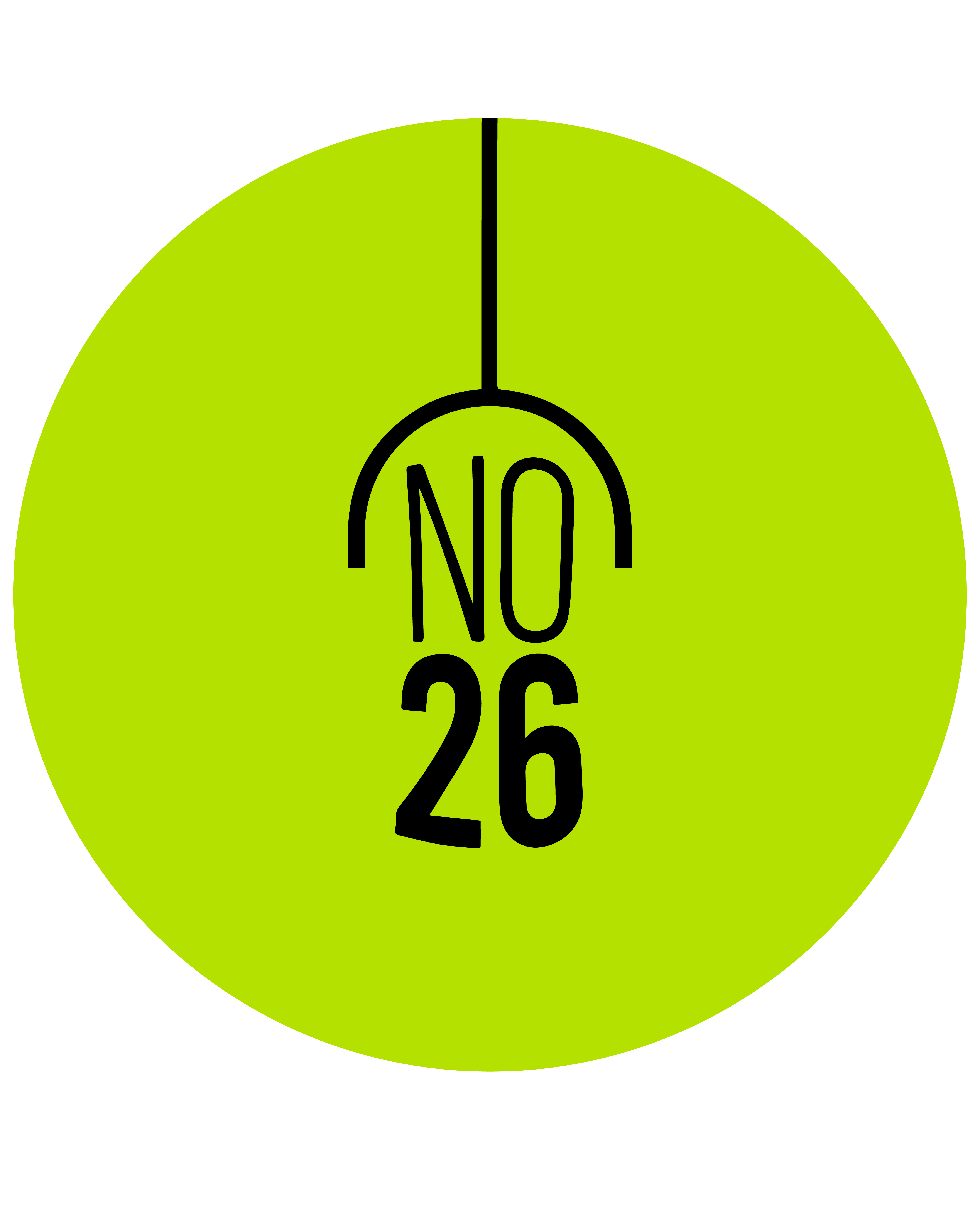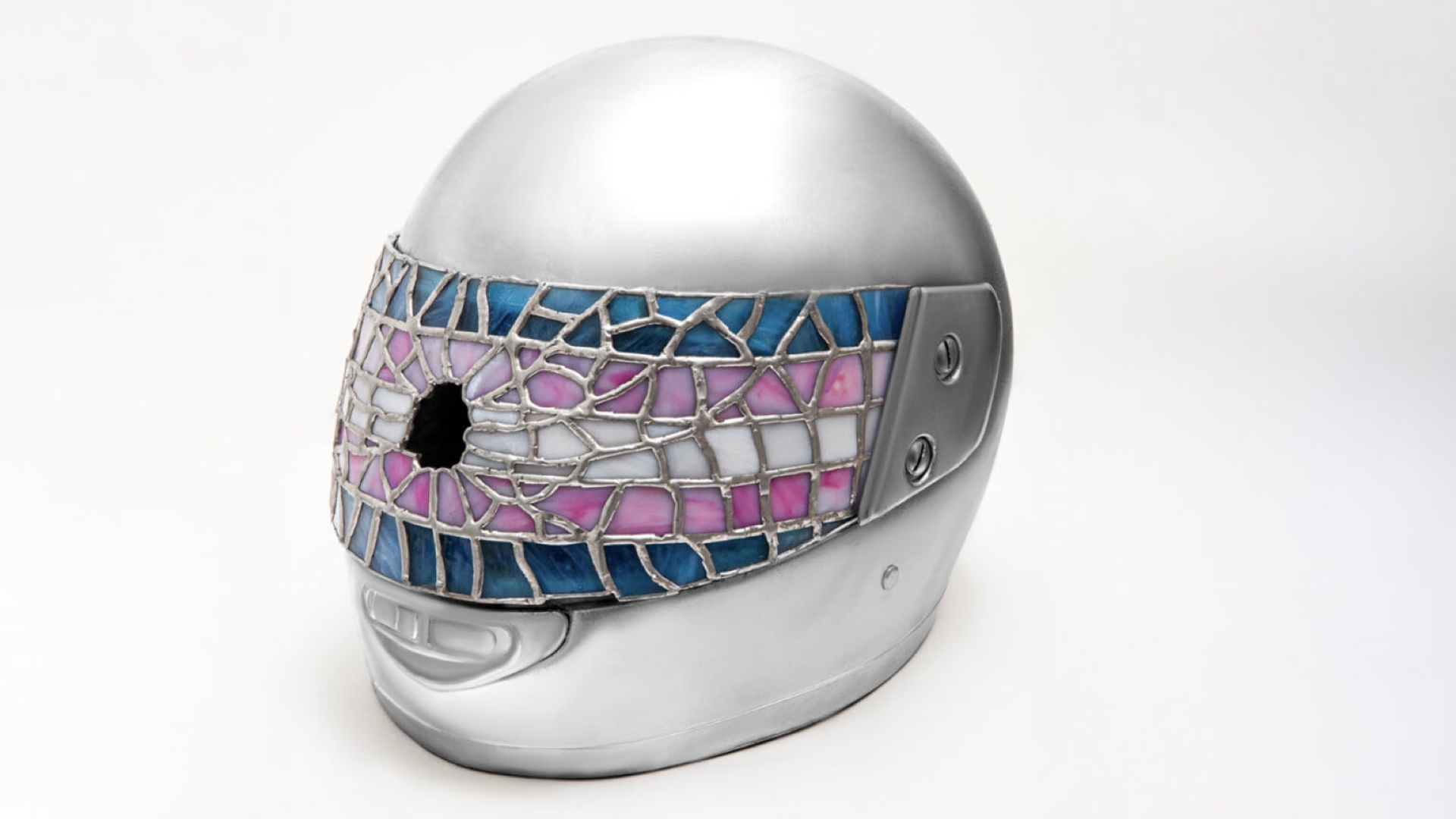When you stand in front of Eva Helene Pade’s paintings, the first thing you notice is that the figures refuse to be fully visible. It feels as if you are passing through a crowd, standing right on the edge of a noise, yet you can never quite make out the event at the centre. Pade’s world is exactly this: bodies that appear, vanish, evaporate and re-form. A momentary sense of closeness… followed by a mist that rapidly disperses.
Søgelys, which opened at Thaddaeus Ropac’s Ely House, is the artist’s first solo exhibition in the UK. The moment Pade’s practice enters the space, it transforms into another choreography. The canvases are detached from the wall and hung on vertical metal supports; as the viewer approaches the paintings, they involuntarily walk as if through a crowd. It is as though Pade’s figures are not only on the canvas but circulating among us.

The bodies in the paintings are not specific individuals. They are more like a feeling, a rhythm, a shadow. As Pade herself says: “Figures are a colour palette for me.” Thus every movement becomes a brushstroke, every face a temporary form that emerges from the haze. The settings resemble a nightclub, a theatre stage or a mythology without a stage; time is not fixed but undulating.
In her most recent works, smoke has begun to appear, enveloping the paintings in an atmosphere that seems to burn from within. Sometimes a threat, sometimes a mild intoxication. A memory blur that tells you something happened but you cannot quite recall it… A beam of light trapped in the crowd catches a face for an instant, then lets it disappear again.
Pade’s relationship with light is one of the exhibition’s main arteries. The title Søgelys—searchlight—behaves in the paintings sometimes as a feeling of surveillance, sometimes as an energy current that splits the crowd in two. These refractions of light collide the figures with one another, push them apart, and at times almost generate a sense of violence.

Mythological references, connections to historical compositions and figures that point to bodily transformations remove Pade’s paintings from any single time. The Pietà pose in Den fundne, the moment of falling in Midt fald, or the figures emerging through smoke—all are states caught between remembering and forgetting.
Pade’s paintings do not narrate an event; they construct a feeling, a jolt, a commotion. And in the midst of all this noise, it is silence that speaks the loudest. That silence is the emptiness between the figures… the areas the artist calls “life’s small voids.” Perhaps the true poetry of the exhibition lies exactly here: in the unsaid part of the sentence, in the part of the face that remains unseen, in the tremor between movement and stillness.
Søgelys does not merely position the viewer in front of the paintings; it invites them inside. With every step a new figure appears, a new shadow comes into play. And inevitably it makes you wonder:
What is it that becomes most visible precisely by being lost in the crowd?
Exhibition Details
- Eva Helene Pade – Søgelys
- Thaddaeus Ropac, Ely House, London
- Continues until 20 December 2025














